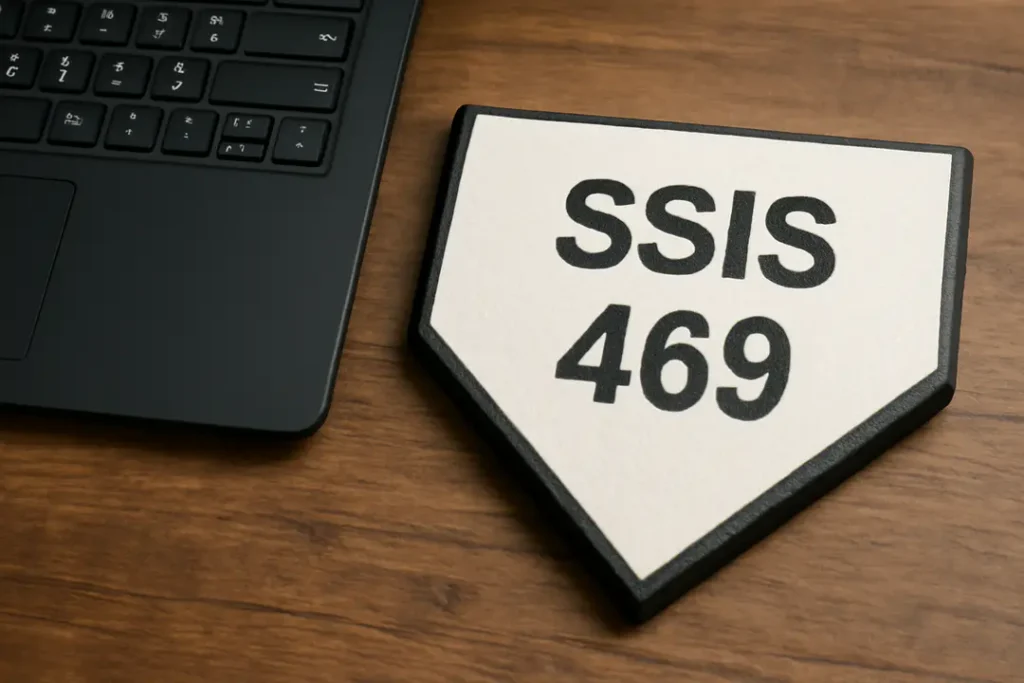The term SSIS 469 may seem cryptic to many, but in the context of family law and child support enforcement, it plays a crucial role—particularly in the state of California. SSIS 469 refers to a system and legal guideline that enables government agencies to enforce and manage child support obligations. In this article, we’ll explore the origin, function, and real-world implications of SSIS 469, who it impacts, and how it supports children and families.
SSIS 469 Profile Biographie Table
| Attribute | Details |
| Full Name | Statewide Support Enforcement System (SSIS) 469 |
| Purpose | Tracking, managing, and enforcing child support obligations |
| Jurisdiction | California Department of Child Support Services (DCSS) |
| Legal Authority | Family Code § 469 and associated regulations |
| Target Group | Non-custodial parents with court-ordered child support responsibilities |
| Implemented By | California Department of Child Support Services (DCSS) |
| Enforcement Tools | Wage garnishment, license suspension, tax refund interception |
| Related Legislation | Federal Social Security Act Title IV-D, California Family Code |
What is SSIS 469?
SSIS 469 is part of the Statewide Support Enforcement System, designed to enforce child support payments as mandated by the courts. It integrates multiple databases and enforces obligations through both administrative and judicial actions. Its main purpose is to ensure children receive the financial support they are entitled to from non-custodial parents.
Why Was SSIS 469 Introduced?
The system was introduced to address the growing problem of unpaid child support. Before SSIS 469, enforcement was inconsistent, leading to children not receiving adequate financial care. With this system, California ensures uniform tracking and effective legal follow-up.
How Does SSIS 469 Work?

SSIS 469 works by collecting and storing data related to child support orders, payments, arrears, and enforcement actions. The system integrates with various state and federal databases such as:
- Employment records
- DMV license databases
- IRS tax filings
- Bank account records
It automatically detects non-payment and triggers enforcement mechanisms like wage garnishment or driver’s license suspension.
Who Is Affected by SSIS 469?
Custodial Parents
For custodial parents, SSIS 469 offers a dependable way to enforce child support orders without needing to hire an attorney or initiate court proceedings.
Non-Custodial Parents
For non-custodial parents, SSIS 469 means stricter accountability. If they fall behind on payments, the system can take administrative action without further court intervention.
Tools Used for Enforcement Under SSIS 469
SSIS 469 is supported by a variety of tools to ensure compliance:
- Wage garnishment: Automatic deduction from paychecks.
- Tax refund intercept: Redirecting federal and state tax refunds to cover unpaid support.
- License suspension: Driver’s, professional, and even hunting licenses may be suspended.
- Bank levies: Withdrawing owed amounts directly from bank accounts.
Legal Framework Behind SSIS 469
The foundation of SSIS 469 lies in Title IV-D of the Social Security Act and California Family Code Section 469. These laws give California the authority to use automation to enforce child support across county lines, and even across state borders.
Benefits of SSIS 469
For Children and Custodial Parents
- Guaranteed payments
- Reduced legal costs
- Fewer court hearings
For the Legal System
- Streamlined processes
- Centralized data management
- Faster enforcement
Challenges and Criticism of SSIS 469

Despite its many benefits, SSIS 469 has been criticized for being too punitive. Non-custodial parents who fall behind due to unemployment or health issues may find themselves penalized severely without proper due process. Critics also argue that the system may not consider nuances like informal support arrangements.
How to Comply with SSIS 469
Non-custodial parents should:
- Stay informed about their obligations
- Keep the court and DCSS updated with address and employment changes
- Make payments on time
- Communicate proactively with the agency in case of financial hardship
How to Challenge Errors in SSIS 469 Records
If you believe there is an error in your case:
- Request a Case Review from DCSS.
- Provide Documentation such as payment receipts or bank records.
- File a Motion in Court if necessary to resolve discrepancies.
SSIS 469 and Modernization Efforts
The California DCSS has continued to upgrade the SSIS system with better digital platforms, mobile apps for payments, and real-time case tracking. These improvements aim to create more transparency and improve user experience.
SSIS 469 vs. Other State Systems
Unlike some states that still rely on county-level enforcement, California’s SSIS 469 provides a centralized and standardized platform, making it a national leader in child support enforcement technology.
SSIS 469 in the Context of Federal Child Support Programs
SSIS 469 also integrates with national programs such as:
- Federal Parent Locator Service (FPLS)
- National Directory of New Hires (NDNH)
- Office of Child Support Enforcement (OCSE)
This ensures that parents who move across state lines are still held accountable.
Conclusion
SSIS 469 plays a pivotal role in the enforcement of child support orders in California. It ensures that custodial parents receive the financial support their children deserve while holding non-compliant parents accountable. Though the system may seem complex, its aim is clear: to protect children by ensuring their needs are met consistently.
Read more: MCD Reflexis – Complete Guide to McDonald’s Workforce Management System
FAQs About SSIS 469
SSIS 469 refers to a component of California’s Statewide Support Enforcement System, particularly tied to Family Code Section 469 and automated child support enforcement tools.
The California Department of Child Support Services uses SSIS 469 to track and enforce child support cases. It’s also indirectly used by parents, courts, and employers.
Failure to comply can result in wage garnishment, license suspension, and tax refund intercepts. In severe cases, court action may follow.
Yes, you can request a review or hearing to correct inaccurate data. It’s recommended to gather all your financial records and communicate with DCSS.
No, SSIS 469 is unique to California, but other states have similar systems under federal Title IV-D regulations.


